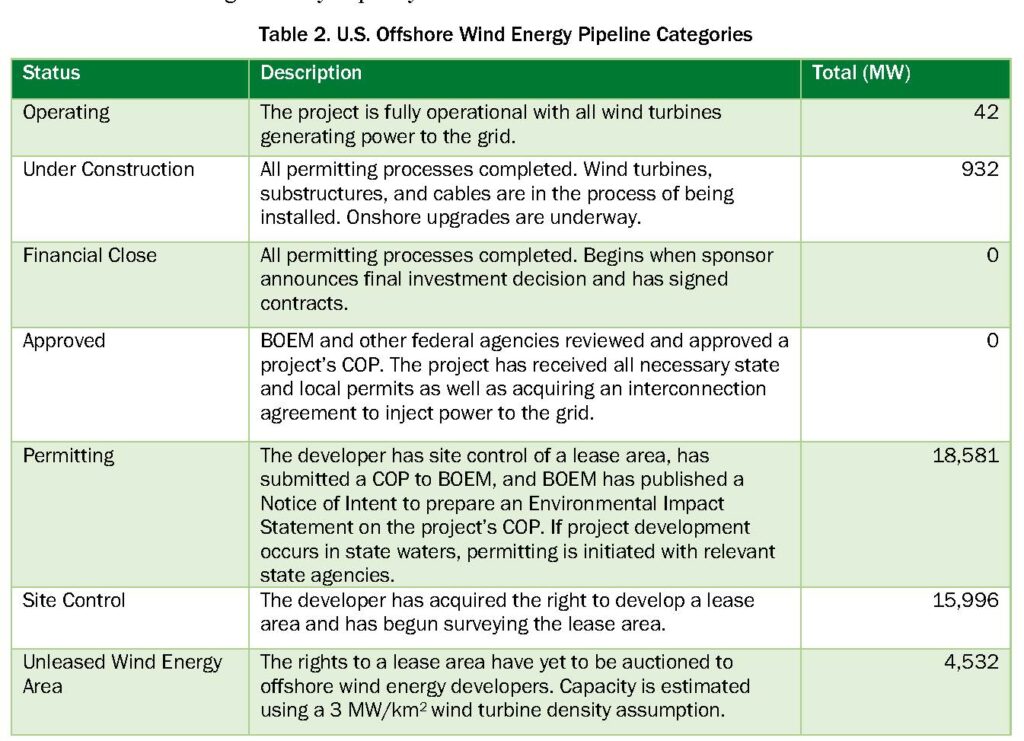Fifteen grants are available for the OJJDP’s* FY ’23 “Mentoring for Youth Affected by Opioid and Other Substance Misuse” program, which was released Mar. 17, 2023; both grant writers and potential applicants will note that, with $16.5 million available and an award ceiling of $2 million, the “Mentoring for Youth Affected by Opioid and Other Substance Misuse” is an attractive program. The “mentoring” part is unusual, too, because mentoring was in vogue in the ’90s and early ’00s, but over time it fell out of favor—likely because mentoring programs are hard to run (we’ve heard lots of stories from clients about just how hard, due to background checks, litigation risk, etc.).
If you and your organization are getting ready for the OJJDP FY ’23 “Mentoring for Youth Affected by Opioid and Other Substance Misuse” application process, contact us, or email us at seliger@seliger.com; Seliger + Associates has written dozens of funded mentoring grants.
Still, despite the fact that lots of programs and efforts from a variety of federal agencies have targeted opioid use disorder (OUD), and yet OUD remains a persistent challenge. The DEA, for example, recently ended the “waivered prescriber” requirement for most kinds of medication-assisted treatment (MAT), in an effort to expand access to MAT. MAT on its own hasn’t worked. Efforts like Twelve-Step programs haven’t worked. Cognitive Behavioral Therapy (CBT) and other “evidence-based practices” (EBPs) haven’t worked. Marketing and outreach campaigns haven’t worked. Community education hasn’t worked. Each of these may work for some people, but by “haven’t worked” I mean that they’ve not substantially ameliorated the opioid epidemic. They’ve not substantially ameliorated the p2p meth epidemic, which is what OJJDP is likely referring to in the “Other Substance Misuse” part of the “Mentoring for Youth Affected by Opioid and Other Substance Misuse” program. Grant writers should know the difference between what’s being stated explicitly and what’s being implied in an RFP.
So the OJJDP program that’s seeking to provide funding for mentoring is reasonable, given how much else has been and is being tried to reduce OUD, which has proven intransigent in the face of numerous public policy and grant efforts. Of those 15 available “Mentoring for Youth Affected by Opioid and Other Substance Misuse” grants, 10 are for “project sites”—which means “normal nonprofits” and five are for statewide or regional projects. For the first category, OJJDP wants applicants to already have at least three years of mentoring program experience. What “mentoring program experience” means is, however, somewhat left to the applicant, and organizations that want to apply but are weak on this area should let us help them apply some grant writing magic to their challenges.
The project’s goals and objectives are typical, and what you’d expect. Curiously, the RFP doesn’t give any guidance around the expected total cost per participant (unless I missed that line in the preliminary read). Though I don’t think OJJDP says as much, I’d guess that having some linkage to MAT, even if only for the families of targeted youth, will likely be helpful for successful applicants.
Why are mentoring programs hard to run? Recruiting mentors, background-checking mentors, and retaining mentors—they’re all hard. It’s also not possible to make sure that every single mentor is volunteering for what might be construed as the “right” reasons. And if one bad mentor isn’t screened out, then that can lead to disaster for the entire program and even agency. Some organizations solve this problem by only allowing mentor-mentee contact in specific places and times, but that can wind up not feeling much like an actual mentoring program. But it is a solution.
If you’re working on that OJJDP application, contact us to further discuss your organization and how we can help.
“OJJDP” standing for the old-school acronym: “Office of Juvenile Justice and Delinquency Prevention.” It’s been a while since I’ve heard about Juvenile Justice, outside of anachronistic government sub-agencies. OJJDP is in turn part of the Department of Justice (DOJ).


